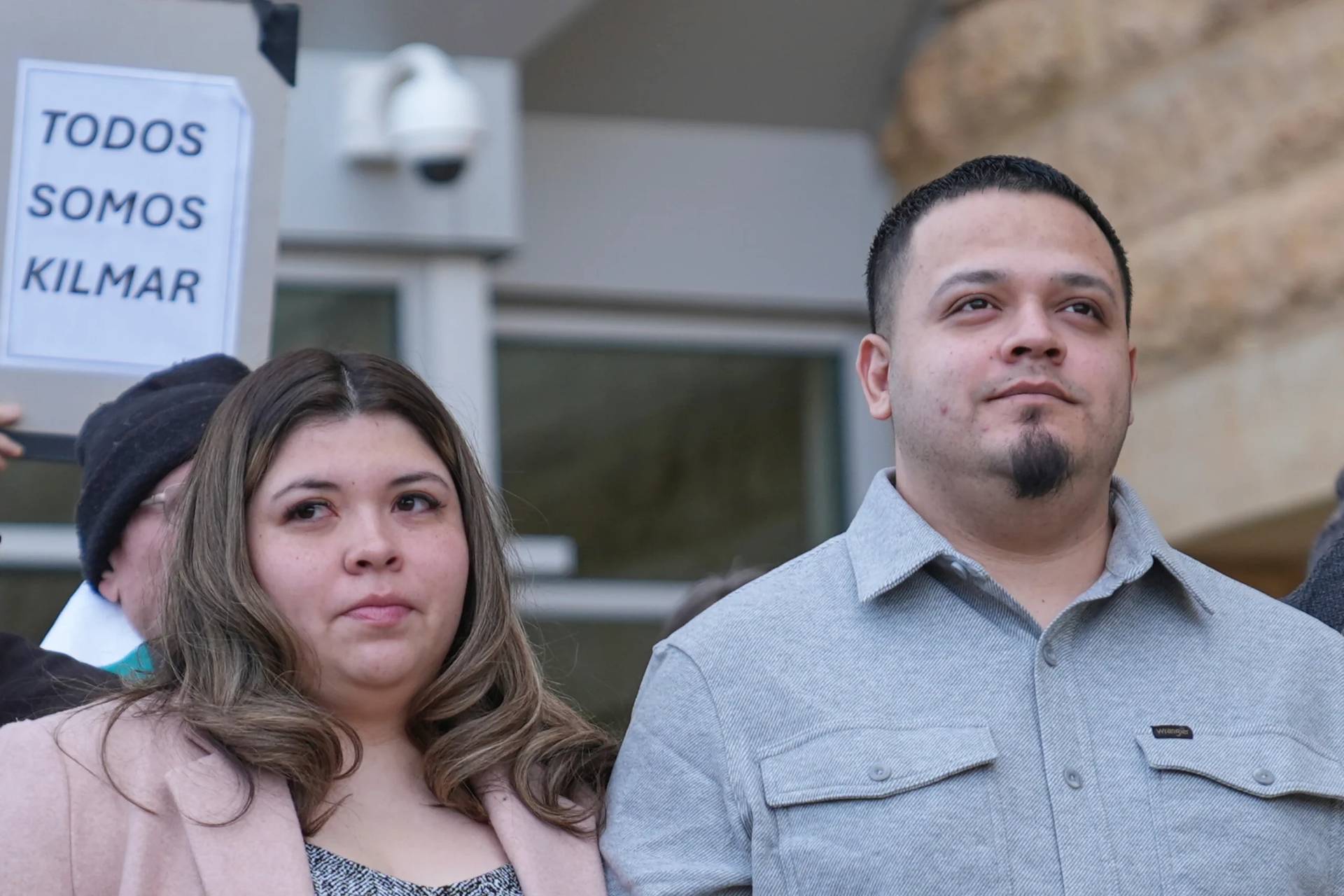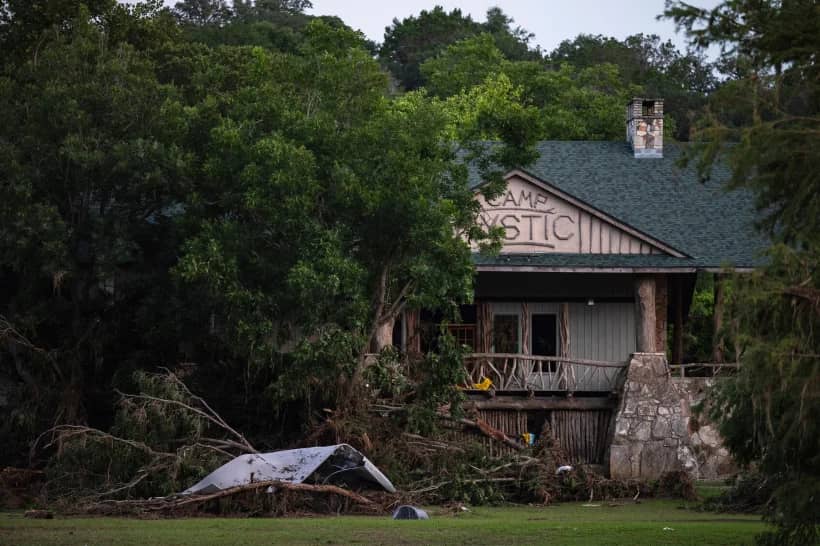NEW YORK – The new approach to vocations in the Archdiocese of New York reminds Father George Sears of his personal vocation journey, in that he hopes it allows young men to get to know priests beyond what they see on the altar as he did growing up in different parishes.
Sears, who is the administrator of Holy Name of Jesus-St. Gregory the Great Parish in Manhattan, became vocations director for the archdiocese on Oct. 28. Cardinal Timothy Dolan concurrently appointed 15 regional vocation promoters for the archdiocese.
“When Jesus called his disciples he didn’t put flyers in the synagogue and put some type of poster in the village square. It was a personal invitation,” Sears told Crux. “So what we’re seeking to do in New York is to work with a group of (15) priests and make a more personal approach to building communities of particularly young men who are serious about their faith.”
In some ways, the approach is an effort to shrink the size of the archdiocese – the second largest in the nation after Archdiocese of Los Angeles with 2.81 million Catholics – for those who are discerning a call to the priesthood. Sears said the idea is for each of the 15 priests to form the communities in an organic way through “keeping their eye out for young people who are interested in the questions of their faith,” and hosting events that are already common in dioceses nationwide – like weekly/monthly get togethers, prayer groups and “breaking bread.”
“The idea is to have a place where there’s the same two or three priests who are there so they can kind of form relationships with those priests so they can feel comfortable asking those difficult questions and it can be a place where they can explore the issue of what God might be dreaming of for them with their futures,” Sears said. “Through that I think we’re going to find a lot of great candidates for the priesthood, but also for religious life and for married life.”
The Archdiocese of New York isn’t alone. Other vocations directors in large U.S. Catholic dioceses too are revamping their vocations offices and adapting some new approaches. For National Vocations Week, Crux also spoke with vocations directors about challenges they face in modern day vocations work. Answers varied, however, they’re all rooted in a concept that many believe is plaguing different aspects of the church: Secularization.
“In some ways because there’s a lot of uncertainty in the world, people look for safety and security,” Sears said. “As Christians, we’re called to something a little bit more and I think that might be a challenge in the world that we live in. Both young people and their families are having some doubts that what God might be asking for will not necessarily lead to the happiest or most fulfilling outcome.”
Father Sean Magaldi, the director of vocations for the Diocese of Rockville Centre told Crux he considers the biggest challenge to vocations work “a lack of faith.”
“Sometimes I think it’s hard for us to believe that God is enough and so that idea of giving your life to God becomes scary because the comforts of this world are tangible, where sometimes the love of God might not seem so tangible,” Magaldi said.
Father Timothy Monahan, the Archdiocese of Chicago vocations director, told Crux the biggest challenge is “fear of commitment.” Father David Friel, the Archdiocese of Philadelphia vocations director told Crux there “are struggles with prayer itself” in modern culture. They both noted some parents and families can’t be convinced.
Father Michael Zimmerman, the Archdiocese of Boston assistant director of vocations, highlighted that secularization itself is the biggest challenge with a “decrease in the numbers of people who are practicing living the faith.”
Despite secularization, the number of ordinands nationwide has remained steady in recent years. According to the Center for Applied Research in the Apostolate (CARA) at Georgetown University annual ordination reports, there were 472 ordinands in the 2021 class, compared to 448 in 2020, and 481 in 2019. The last big drop off occurred from 2017 to 2018, the annual report records show, when the number dropped from 590 to 430 respectively.
That said, in the conversations with Crux, the vocations directors highlight creating personal relationships with discerners as a way to combat secularization, which is something that is seen in other vocations offices new approaches like in the Archdiocese of New York.
The Archdiocese of Boston vocations office, for example, revamped the concept of its in-person events during the COVID-19 pandemic with an emphasis on creating a men’s community in Boston. The office also, Zimmerman said, brought it’s retreats out of retreat houses and into parishes and the seminary, “to make it more experiential so people really get to see the life of the priest,” but then providing other retreats that are more individual to help them have time to pray and make an intentional decision, as well.
Another example is the Diocese of Rockville Centre, where Magaldi is gearing up to unveil the office’s new team model, which he said will be an opportunity to better relate to people who are discerning the priesthood.
“A team allows for a different approach, as you’re going to have different priests talking at different events, so it allows for different perspectives,” Magaldi said.
When it comes to convincing families, Monahan said the important thing is to be available for and pursue a conversation with them about their concerns.
“My big plea with parents is just to say look, I understand where you’re coming from, I faced it in my own family, but if Jesus is doing something in the heart of your son, please just help him,” Monahan said. “He needs your love. He needs your support. Give him one year and you’ll see how he does.”
Friel wants to remind local priests that no matter the work of the vocations office it’s them who have the real influence on those discerning.
“It’s the priests in the parishes and or campus ministers in high school and colleges who have the real decisive influence encouraging somebody to consider the priestly life,” Friel said. “The chair on the other side of my desk is not the place anybody ever thought of the priesthood.”
Follow John Lavenburg on Twitter: @johnlavenburg













